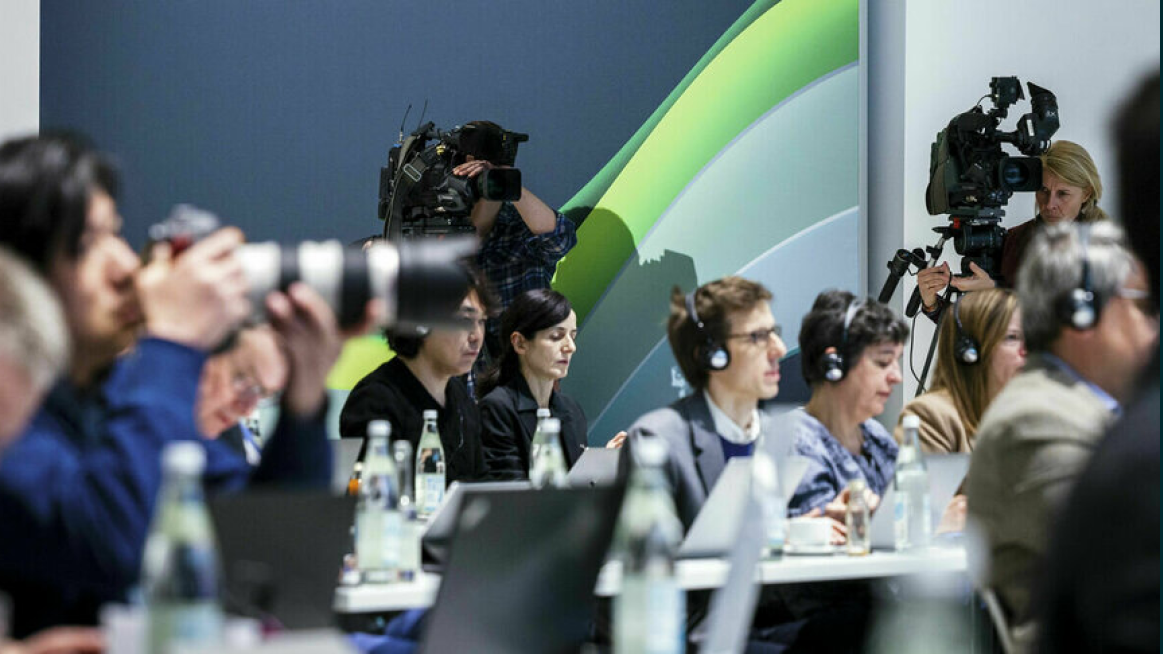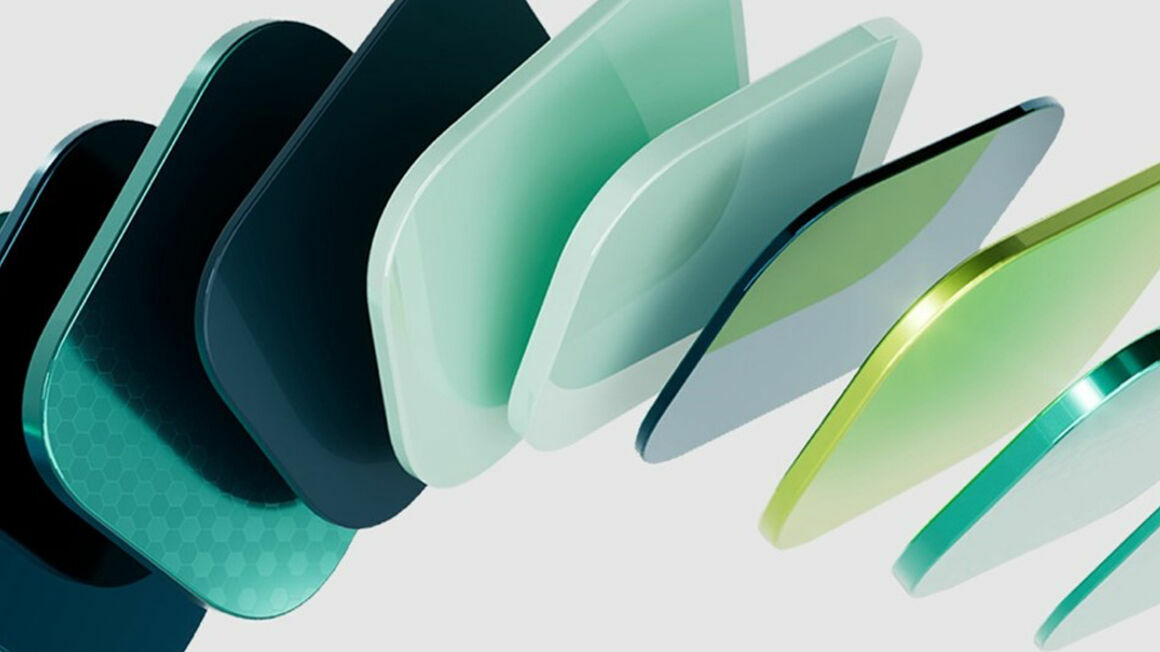PowerCo CEO Frank Blome: "These are very encouraging results that impressively underpin the potential of the solid-state cell. The final result of this development could be a battery cell that enables long ranges, can be charged super-quickly and practically does not age. We are convinced of the solid-state cell and are continuing to work at full speed with our partner QuantumScape towards series production."
In the standardized test procedures for newly developed battery cells, robustness is considered the most important criterion. The industry-standard targets for this development phase are 700 charging cycles and a maximum capacity loss of 20 percent. QuantumScape’s solid-state cell significantly exceeded these specifications in the latest test. The cell was also able to meet the requirements for other test criteria such as fast-charging capability, safety and self-discharge. QuantumScape first reported on the results as part of their Q3 2023 shareholder letter.
Commenting on the test results, Jagdeep Singh, Founder & CEO of QuantumScape, said: "These results from the Volkswagen Group’s PowerCo testing make clear that QuantumScape’s anodeless solid-state lithium-metal cells are capable of exceptional performance. While we have more work to do to bring this technology to market, we are not aware of any other automotive-format lithium-metal battery that has shown such high discharge energy retention over a comparable cycle count under similar conditions. We’re excited to be working closely with the Volkswagen Group and PowerCo to industrialize this technology and bring it to market as quickly as possible."
The tested solid-state cell consists of 24 layers and thus already corresponds to the planned series cell. The next step on the way to series production is now to perfect and scale the manufacturing processes. In principle, Volkswagen’s unified cell concept developed by PowerCo is also suitable for the use of solid-state cell technology. The Volkswagen Group has been involved in QuantumScape since 2012 and is one of the main investors in the technology start-up.








